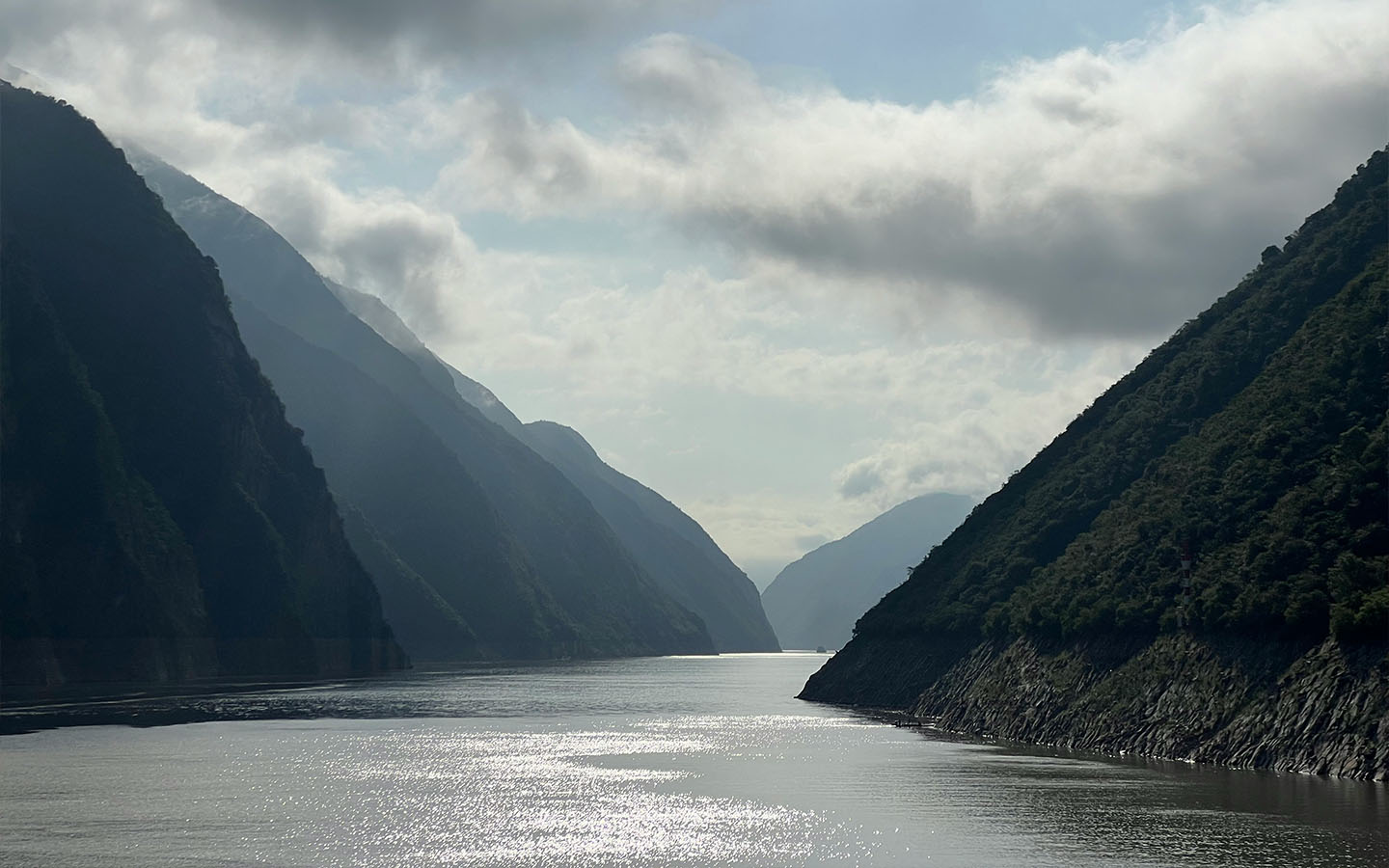China’s longest river, the Yangtze, is showing signs of ecological recovery after a fishing ban was imposed in 2020, with an increase in species numbers noted in a recent government survey, the South China Morning Post reports.
The country’s Ministry of Agriculture and Rural Affairs’s report said that aquatic biodiversity was steadily improving in the wake of the 10-year ban. It noted that 227 species of native fish were identified in the Yangtze River basin last year, a year-on-year increase of 34. Fourteen species of nationally protected aquatic wildlife were spotted, three more than in 2022.
However, the Ministry also noted that two species – the Chinese paddlefish and the Yangtze sturgeon – had lost their ability to breed naturally. These fish are known as the “last giants of the Yangtze”. Both were declared extinct in 2022, by the International Union for Conservation of Nature, largely as a result of dam construction and overfishing.
[See more: More than 40,000 trees will be planted in Coloane this year]
While the Ministry rated overall water quality of the Yangtze and its tributaries as “excellent,” some sections of the river system remained threatened by poor water connectivity and shoreline hardening caused by the likes of new seawalls. Those parts of the river scored poorly on ecological health.
Two of the river’s largest freshwater lakes, Poyang and Dongting, saw a minor upgrade in their aquatic biological integrity index. They were rated as “poor,” an improvement on their “no fish” status in 2022.
The 6,000-kilometre Yangtze has experienced decades of largely man-man ecological damage, mainly through the building of hydropower dams. The river has been central to China’s economy and wider ecosystems for millennia.






